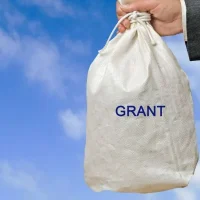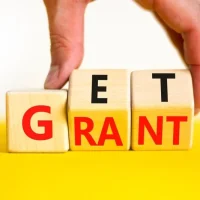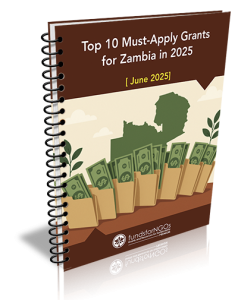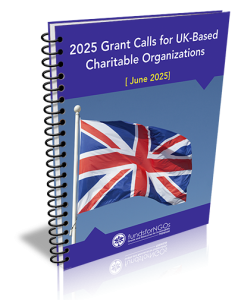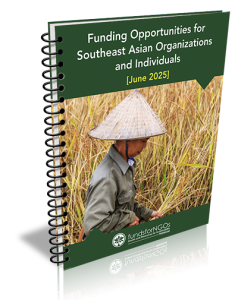Navigating the world of grant funding can be a daunting task for many NGO professionals. Understanding the priorities of potential funders is crucial for securing financial support. Funders often have specific goals and objectives that guide their funding decisions, which can range from addressing social issues to promoting environmental sustainability.
By familiarizing yourself with these priorities, you can tailor your proposals to align with their interests, increasing your chances of success. To effectively grasp funding priorities, it is essential to delve into the mission statements and strategic plans of various foundations and government agencies. Many funders publish detailed guidelines outlining their areas of focus, eligibility criteria, and preferred outcomes.
By analyzing these documents, you can identify trends and common themes that resonate with your organization’s work. Additionally, attending workshops, webinars, and conferences hosted by funders can provide valuable insights into their current priorities and emerging trends in the philanthropic landscape.
Identifying Your Organization’s Mission
Defining Your Mission
This clarity not only guides your internal decision-making but also enhances your ability to communicate effectively with potential funders. To identify your mission, engage in a reflective process that involves key stakeholders within your organization. Conduct workshops or brainstorming sessions to gather diverse perspectives on what your organization stands for and what it hopes to achieve.
The Benefits of a Collaborative Approach
This collaborative approach can lead to a more comprehensive understanding of your mission and ensure that it resonates with both staff and beneficiaries. Once you have a clear mission statement, it becomes easier to align your projects with funding opportunities that share similar values.
Aligning Projects with Funding Opportunities
With a clear mission statement, you can confidently pursue grant funding that aligns with your organization’s goals and values. This strategic approach increases your chances of securing funding and making a meaningful impact in your community.
Researching Grant Opportunities
Once you have a solid grasp of both funding priorities and your organization’s mission, the next step is to research potential grant opportunities. This process involves identifying foundations, government programs, and corporate sponsors that align with your mission and objectives. Utilizing online databases such as GrantStation or Foundation Center can streamline this process by providing comprehensive listings of available grants tailored to specific sectors and causes.
In addition to online resources, networking plays a vital role in uncovering grant opportunities. Engaging with other NGOs, attending community meetings, and participating in sector-specific events can lead to valuable connections and insights about upcoming funding opportunities. Furthermore, consider reaching out directly to funders for informational interviews or guidance on their funding cycles.
This proactive approach not only helps you stay informed but also demonstrates your genuine interest in their work.
Aligning Your Mission with Grant Funding Priorities
With a list of potential grant opportunities in hand, the next step is to align your organization’s mission with the funding priorities of these sources. This alignment is crucial for crafting proposals that resonate with funders and demonstrate how your work contributes to their goals. Start by mapping out the specific objectives of each grant opportunity and identifying how your programs can address those objectives.
For instance, if a funder prioritizes youth development, consider how your organization’s initiatives support this goal. Highlight relevant programs, success stories, and data that showcase your impact in this area. Additionally, be prepared to articulate how funding from this source will enhance your capacity to achieve shared objectives.
This alignment not only strengthens your proposal but also fosters a sense of partnership between your organization and the funder.
Crafting a Compelling Grant Proposal
A compelling grant proposal is essential for capturing the attention of funders and securing financial support. Your proposal should tell a cohesive story that clearly outlines the problem you aim to address, the strategies you will employ, and the anticipated outcomes of your project. Start with a strong executive summary that succinctly conveys the essence of your proposal and its alignment with the funder’s priorities.
As you develop the body of your proposal, be sure to include specific details about your organization’s capacity to implement the project successfully. Highlight past achievements, relevant experience, and any partnerships that enhance your credibility. Use data and testimonials to illustrate the need for funding and the potential impact of your work.
Finally, ensure that your budget is transparent and justifiable, clearly linking expenses to project activities and outcomes.
Demonstrating Impact and Alignment
Aligning with Funder Priorities
Funders are increasingly focused on measuring impact and ensuring that their investments yield tangible results. Therefore, it is essential to demonstrate not only how your organization aligns with their priorities but also how you will measure success.
Developing a Robust Evaluation Plan
Develop a robust evaluation plan that outlines key performance indicators (KPIs) and methods for tracking progress throughout the project lifecycle. This plan should incorporate both qualitative and quantitative measures to provide a comprehensive understanding of the project’s impact.
A Comprehensive Evaluation Strategy
By presenting a comprehensive evaluation strategy in your proposal, you reassure funders that their investment will be monitored closely and that they will receive updates on progress toward shared goals. This includes combining numerical data with qualitative feedback from beneficiaries to provide a deeper understanding of the project’s impact and outcomes.
Building Relationships with Funders
Establishing strong relationships with funders is an often-overlooked aspect of successful grant seeking. Building rapport can lead to more than just financial support; it can foster collaboration, mentorship, and long-term partnerships that benefit both parties. Start by engaging with funders beyond the application process—attend their events, follow them on social media, and share updates about your organization’s work.
Regular communication is key to nurturing these relationships. Keep funders informed about your progress through newsletters or personalized updates on project milestones. When appropriate, invite them to visit your organization or participate in events related to their funding interests.
By demonstrating transparency and accountability, you build trust and create a foundation for future collaborations.
Evaluating and Adjusting Your Approach
The landscape of grant funding is constantly evolving, making it essential for NGO professionals to regularly evaluate their approaches and adjust strategies as needed. After submitting proposals or completing funded projects, take time to reflect on what worked well and what could be improved. Gather feedback from team members, stakeholders, and even funders themselves to gain insights into areas for growth.
Additionally, stay informed about changes in funding priorities or emerging trends within the philanthropic sector. Subscribe to newsletters from relevant organizations or join professional networks that provide updates on grant opportunities and best practices. By remaining adaptable and open to new ideas, you position your organization for continued success in securing grant funding while effectively advancing your mission in the community.












